How does the load-bearing capacity of metric sleeve anchors of different diameters change
2025-08-19Metric Sleeve Anchors are fasteners widely used in concrete, masonry, and other solid substrates. They primarily consist of a bolt body and an expansion sleeve. During installation, tightening the nut causes the sleeve to expand, creating friction and wedging force with the substrate, thereby achieving a secure anchor. Metric Sleeve Anchors are widely used in construction, machinery installation, and heavy equipment securing due to their ease of installation, high load-bearing capacity, and excellent corrosion resistance.
Relationship between Bolt Diameter and Load-Bearing Capacity
The load-bearing capacity of a metric sleeve anchor is positively correlated with bolt diameter. Increasing the diameter increases the cross-sectional area of the bolt and the contact area between the expansion sleeve and the substrate, thereby increasing the anchoring force and friction. Generally, smaller diameter sleeve anchors are suitable for lightweight supports and non-structural fixings, while larger diameter bolts can withstand greater pullout and shear forces and are suitable for securing load-bearing structures and large equipment.
Load-bearing capacity is not only affected by bolt diameter but also closely related to the length of the expansion sleeve, substrate strength, and installation depth. As the diameter increases, the bolt's shear strength also increases, which is particularly critical for withstanding lateral loads. In engineering design, pullout and shear tests are often performed to determine the allowable load-bearing capacity of bolts of different diameters in specific substrates, thereby formulating an appropriate selection plan.
Features of Small Diameter Metric Sleeve Anchors
Small diameter sleeve anchors are typically sized M6, M8, or M10 and are suitable for lightweight support systems, decorative fixtures, and non-load-bearing components. Small diameter bolts are easy to install and cause minimal damage to the substrate. While their pullout strength is relatively low, with proper design and construction, they can still meet the requirements for securing lightweight equipment and pipeline supports.
The expansion sleeves of small diameter bolts are shorter and have shallower installation depths, making them suitable for use in applications with limited concrete thickness. During installation, ensure accurate drilling and clean hole surfaces to ensure full expansion capacity. Ambient humidity and corrosive media can significantly affect small diameter bolts, necessitating the use of appropriate materials or corrosion protection.
Features of Medium Diameter Metric Sleeve Anchors
Medium diameter sleeve anchors are typically sized M12 or M16 and are the most widely used. Medium-diameter bolts offer significantly greater load-bearing capacity than small-diameter bolts and are suitable for securing medium-sized support systems, equipment foundations, and lightweight steel structures. They offer moderate pullout and shear forces and can be safely used in a wide range of concrete strengths.
The expansion sleeve of a medium-diameter bolt provides a large contact area with the base material, enabling more even load transfer. During installation, high precision in hole diameter and depth is required to prevent uneven expansion that could reduce anchoring strength. Medium-diameter bolts balance ease of installation with load-bearing capacity, making them the most commonly used size in construction, machinery, and industrial installations.
Features of Large-diameter Metric Sleeve Anchors
Large-diameter sleeve anchors, typically M20 and larger, are primarily used for securing heavy structures and high-load equipment. Large-diameter bolts offer high load-bearing capacity, strong pullout forces, and significantly superior shear resistance to small and medium-diameter bolts, making them suitable for withstanding vibration, shock, and long-term loads.
Large-diameter bolts require high base material strength; the concrete strength grade and hole depth must meet design specifications. Specialized tools are required to ensure full expansion of the expansion sleeve during installation to prevent bolt slippage or damage to the hole wall. Large-diameter bolts are commonly used in bridges, heavy machinery foundations, and steel structure anchoring, and are critical load-bearing connectors.
Diameter Selection and Engineering Design
Metric sleeve anchors of varying diameters must be carefully selected during engineering design based on load requirements, base material conditions, and the installation environment. Pull-out force calculations typically consider bolt diameter, expansion length, base material strength, and a safety factor. Shear force calculations must consider the load direction and potential dynamic effects.
During the selection process, the most economical and safe bolt diameter should be selected based on the actual load requirements. A diameter that is too small may pose a safety hazard, while a diameter that is too large increases material costs and construction difficulties. Properly matching bolt diameter to the installation environment maximizes load capacity while minimizing construction risks.




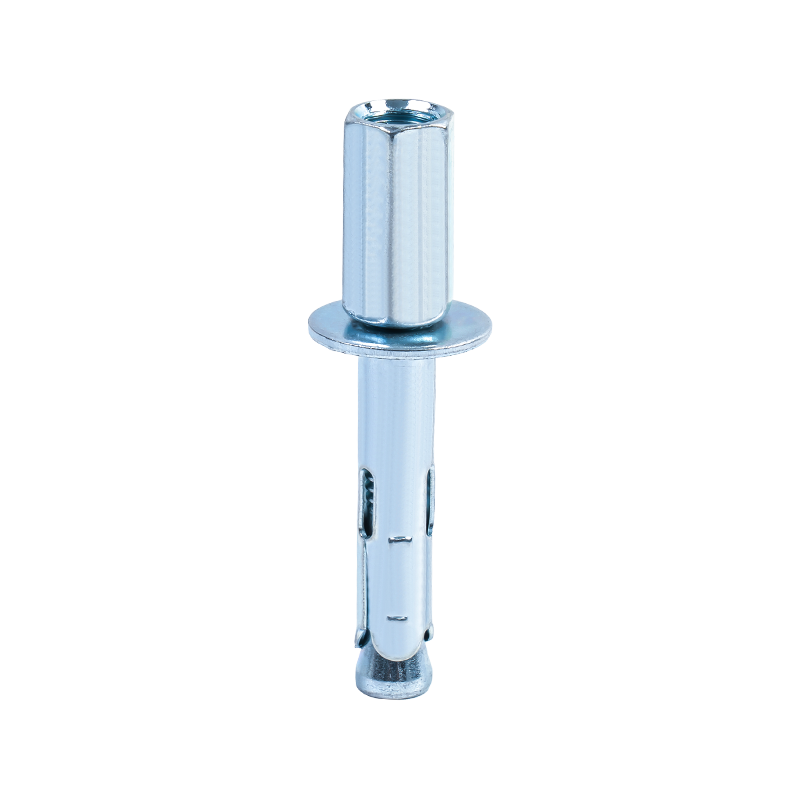
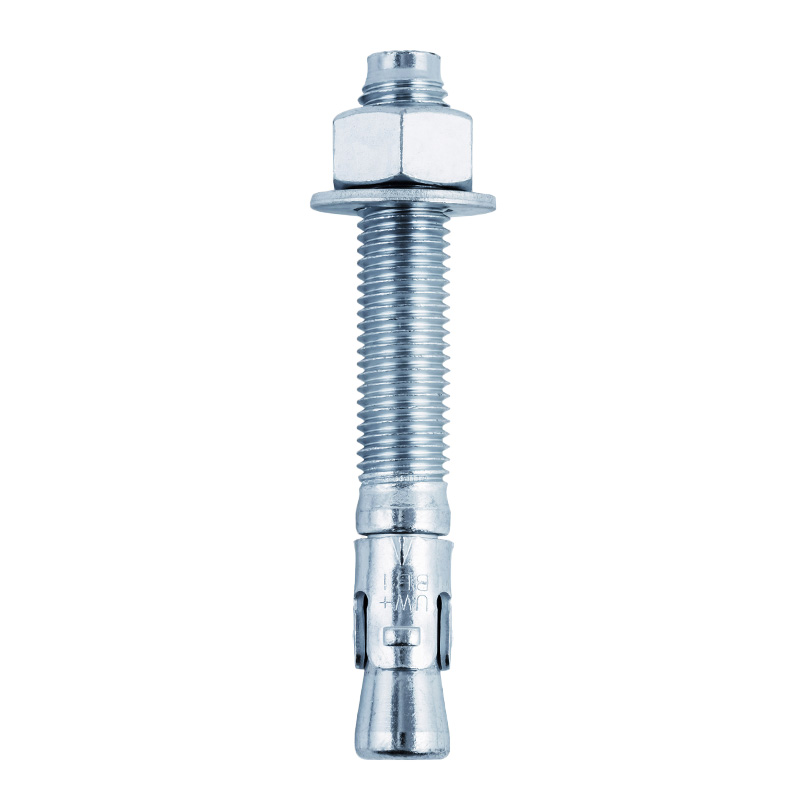
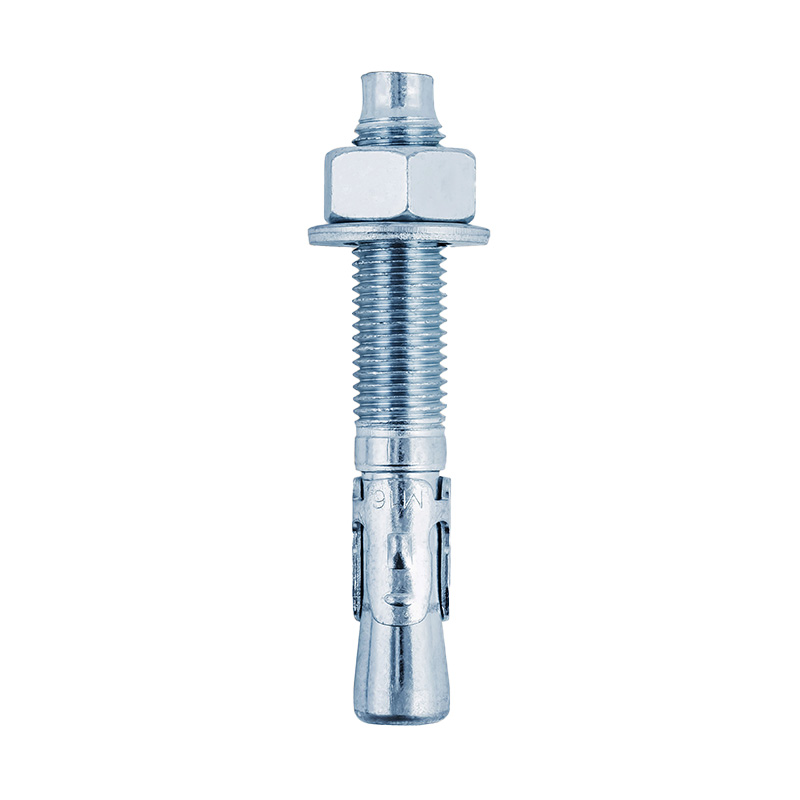
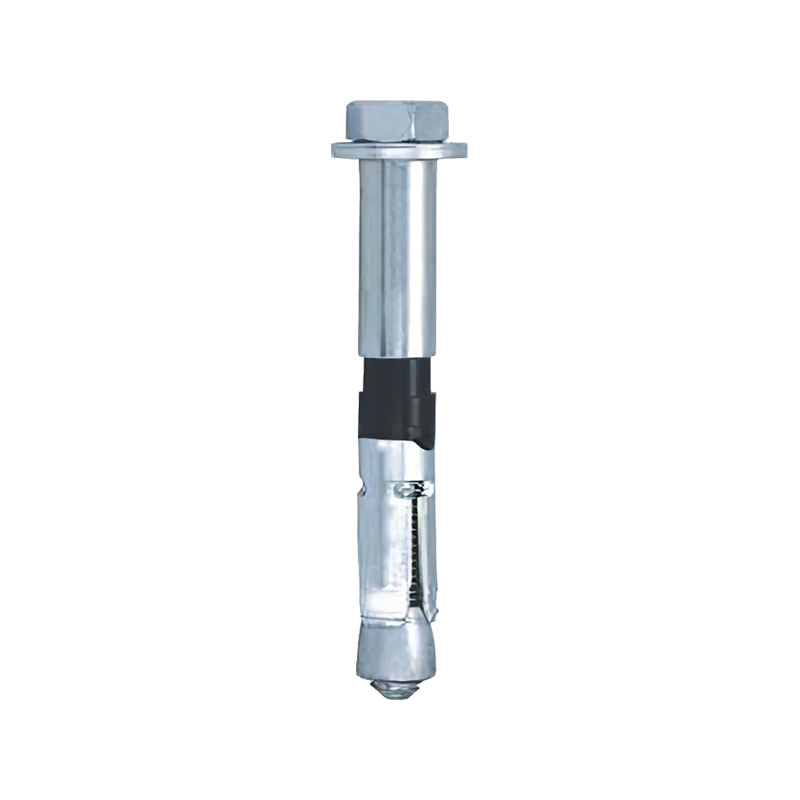
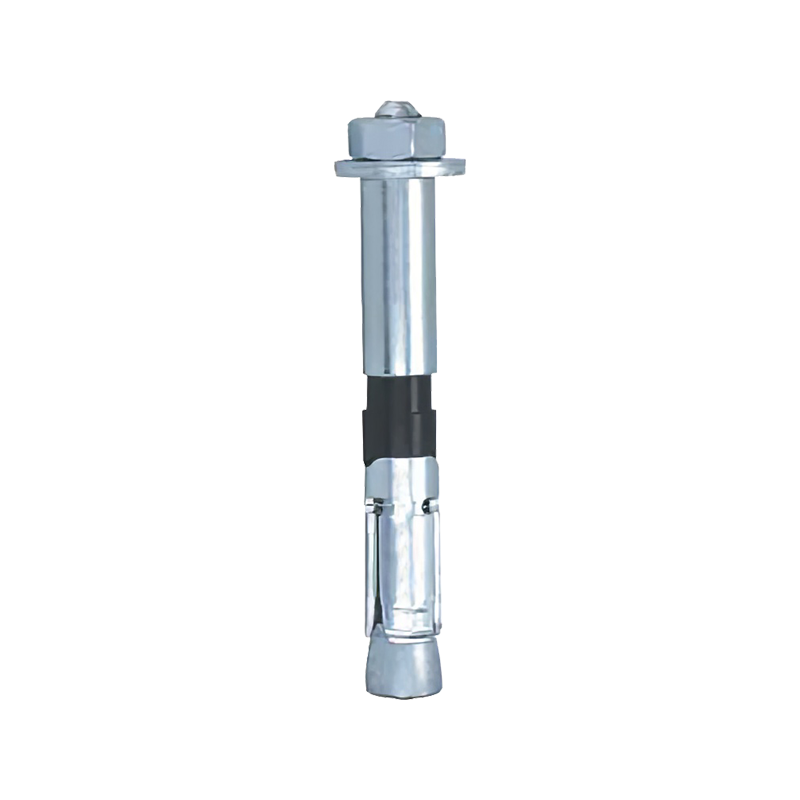
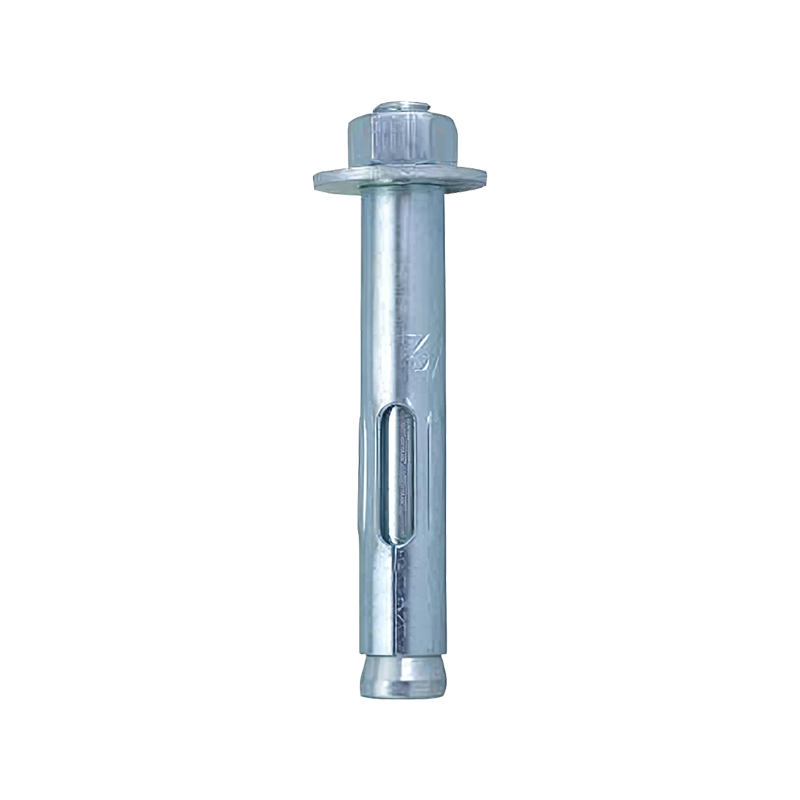
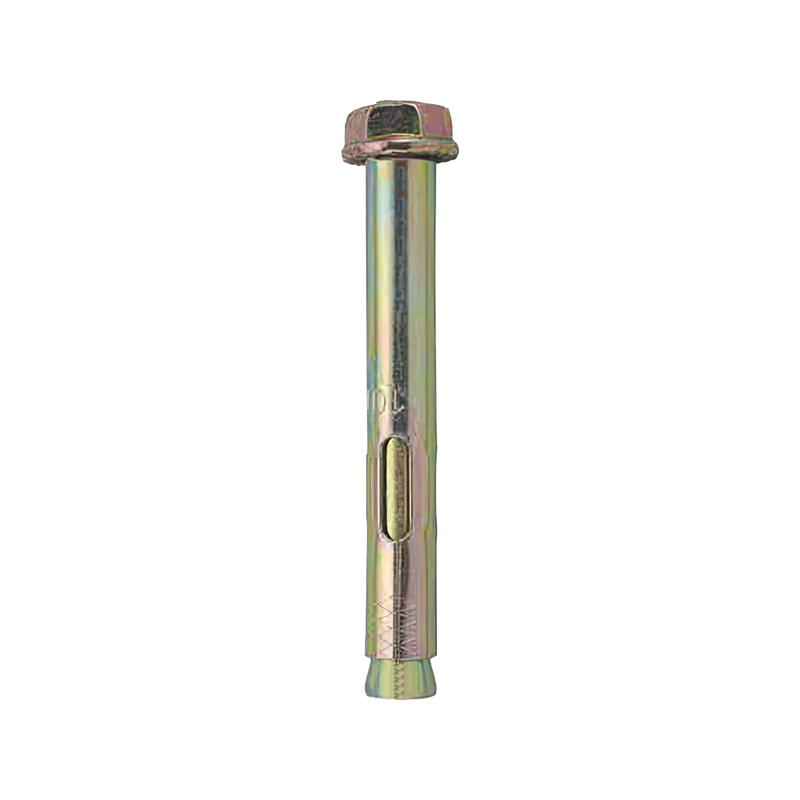

Contact Us